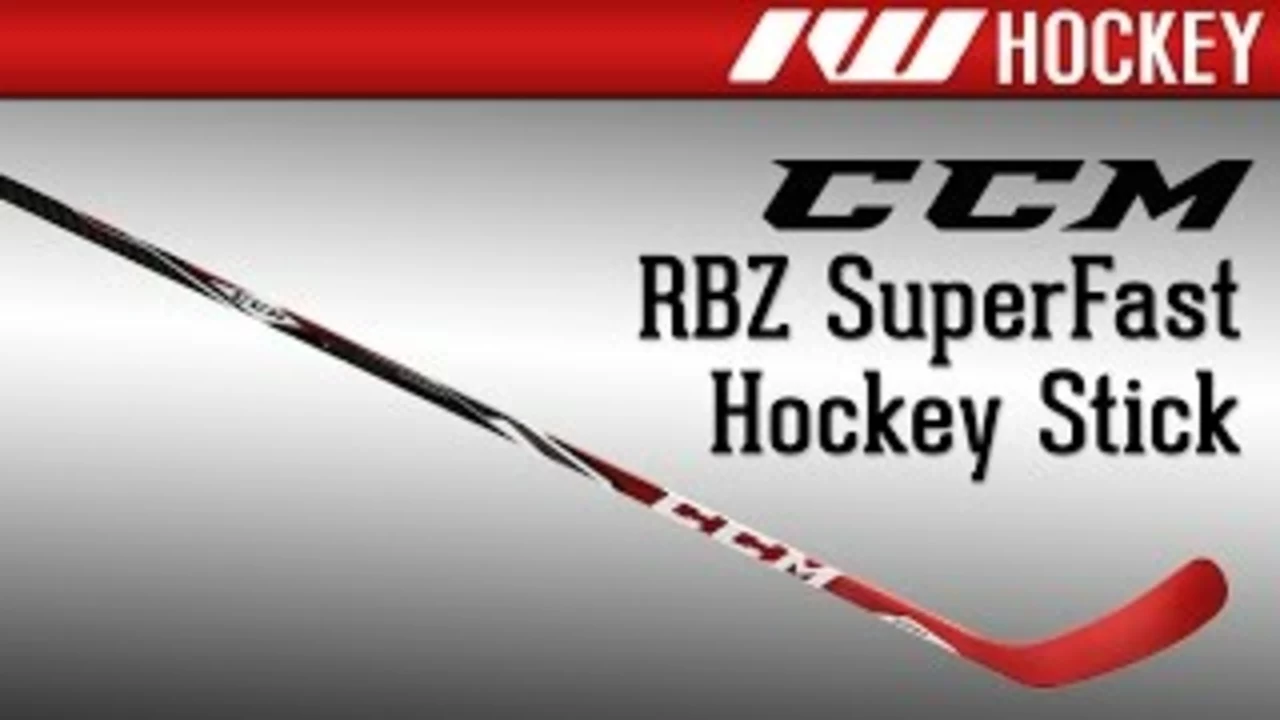Sports Equipment Reviews – Your Guide to Better Hockey Gear
When you’re hitting the ice, the gear you use can make or break your game. That’s why reading real‑world reviews is a game‑changer. We’ve gathered hands‑on opinions, test results, and player feedback so you can skip the guesswork and pick equipment that actually works for you.
From sticks and blades to helmets and gloves, every piece of gear affects speed, control, and safety. Below you’ll find quick takeaways on the most talked‑about items, plus a deeper look at the ever‑debated hockey stick curve.
Why Equipment Reviews Matter
A review isn’t just a star rating – it’s a story from a player who’s been in the same spot you are now. When a forward says a curve feels “snappy,” you know they’ve tested it in game‑speed scenarios, not just on a shelf. Those details help you avoid costly mistakes and find gear that matches your style.
Most brands market “the best” without proving it. Our reviews cut through the hype by focusing on real performance metrics: shot accuracy, puck feel, durability, and comfort. We also note who benefits most – whether you’re a quick‑release shooter or a power‑slap specialist.
Choosing the Right Hockey Stick Curve
One of the hottest topics in our reviews is stick curve selection. In a recent post titled “What is the best hockey stick curve?” we broke down why a P88 or PM9 works for players who love quick, snappy shots and tight puck control. Those smaller curves let you release the puck fast and keep the blade on the ice longer.
If your game leans toward slap shots or one‑timers, a bigger curve like the P28 or P29 is worth a try. The deeper bend adds loft and power, helping you generate more speed on the puck. The key takeaway? There’s no universal “best” curve – it’s about matching the curve to your play style and experimenting on the ice.
When testing a new curve, pay attention to three things: how the blade feels in your hands, the natural release point, and how the curve affects puck handling in tight spaces. If you notice the puck dragging or your wrist feeling cramped, try a smaller radius. If you feel you’re missing power on your slap shot, step up to a larger curve.
We also rate each curve on durability. Some composites hold their shape after dozens of games, while cheaper shafts may flatten quickly, changing the feel you loved at the start.
Beyond curves, our reviews cover blade material, shaft flex, and grip texture. A balanced stick with the right flex can boost shot accuracy more than any curve alone. That’s why we always recommend testing a stick in a realistic setting – on a rink, with teammates, and under game pressure.
Ready to shop? Use our filter to sort gear by player level, style, and budget. Each product card includes a snapshot of our rating, a quick pros‑and‑cons list, and a link to the full review. No fluff, just the facts you need to decide.
Remember, the best gear is the one that feels right for you. Use our reviews as a starting point, then hit the ice and see how it performs. When you find a stick, helmet, or glove that clicks, you’ll notice faster passes, cleaner shots, and more confidence on every shift.
Stay tuned for regular updates – we test new releases every month, so you’ll always have fresh insights. Got a piece of equipment you want us to review? Drop us a note in the comments, and we’ll put it on the test list.
Happy skating, and may your next piece of gear give you the edge you’ve been looking for.

What is the best hockey stick curve?
After extensive research, I've found that the 'best' hockey stick curve really depends on individual play style. For players who enjoy quick, snappy shots and improved puck control, a smaller curve like the P88 or PM9 might be a good fit. On the other hand, if you're more into slap shots and one-timers, a larger curve like the P28 or P29 might suit you better. It's important to remember that there isn't a one-size-fits-all answer here. What works best for you might not work for someone else, so it's all about experimenting to see what meets your personal needs on the ice.
View More